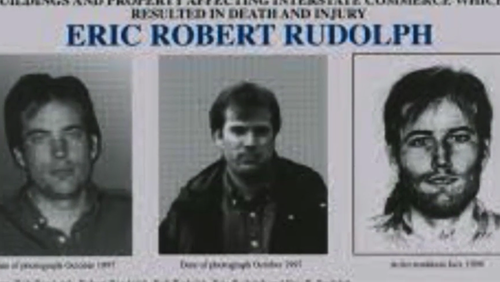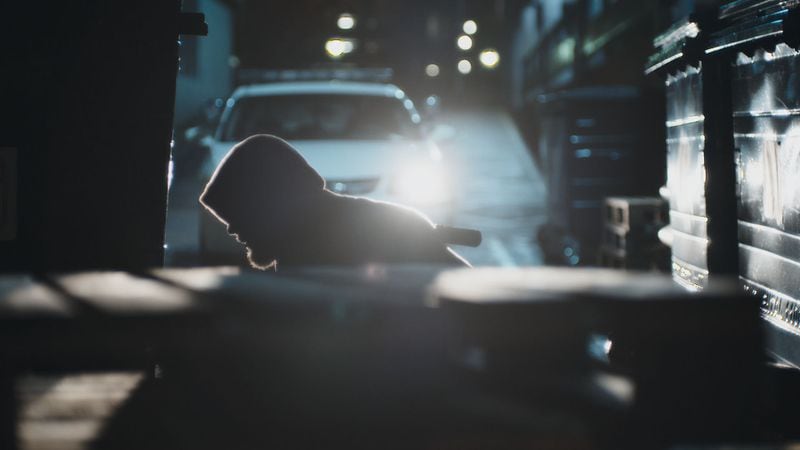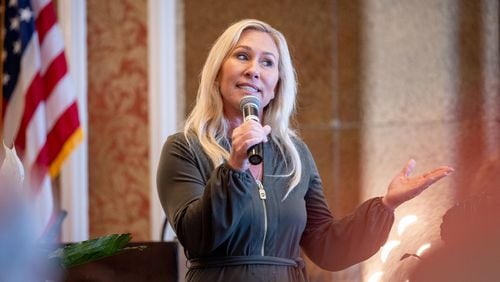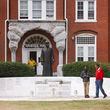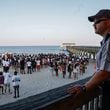This was posted Tuesday, June 27, 2017 by Rodney Ho/rho@ajc.com on his AJC Radio & TV Talk blog
The bomb that rocked Centennial Olympic Park during the 1996 Olympics more than two decades ago killed one person and injured 111 more. The incident remains a deeply etched memory for anybody living in Atlanta at the time.
HLN, which is located just a stone's throw from the park itself in downtown Atlanta, decided to tackle the story through the eyes of the law enforcement and forensic scientists who used available evidence at the time to figure out who did it. It's featured as part of a weekly crime series called "Beyond Reasonable Doubt," one of several new shows on the network focused on crime, and airs Sunday at 8 p.m.
Given the high-profile nature of the terrorist act, American federal agencies were all hands on deck to find the bomber. But the man in question Eric Rudolph was savvy and ultimately tough to find.
"You have every federal agency in America putting every resource to try to find this one guy," said series producer Amy Foster. "He managed to evade them for years upon years."
Producers spoke with several officials who were on the case at the time from the Bureau of Alcohol, Tobacco, Firearms and Explosives, the FBI and the GBI. Experts today acknowledge that limitations of technology in 1996 hindered their efforts at the time.
For instance, while some people at the park were taking photos and video using camcorders, the quality of any video of the bombing suspect was poor, shadowy and barely discernible, a far cry from what an iPhone could offer up today. "No amount of enhancement could change it," said Charles Stone, assistant special agent in charge at the time for the GBI, in the episode. "It was just a blob man. We needed a way to increase clarity."
So the GBI contacted NASA, which had more expertise in photo enhancement at the time than any federal agency. NASA astrophysicist David Hathaway said on the show that NASA was willing to help but warned it could take weeks, if not months to create even better ways to improve image quality than what they had in hand.
Scientists there ultimately created a special technique it dubbed VISAR, consolidating hundreds of images into one much sharper one. Although the images failed to create facial identification, VISAR enabled them to figure out Rudolph's height, shoe size and approximate weight as well as his clothing and ethnicity.
Six months later, Rudolph planted two bombs at a Sandy Springs abortion clinic, one placed in a dumpster and timed to go off near law enforcement. A month later, he bombed a gay nightclub in Atlanta. In 1998, he went after a Birmingham abortion clinic, where an alert bystander saw a man fitting Rudolph's description of the aforementioned "blob man." The bystander also jotted down the license plate number of Rudolph's truck. Bingo! They had him.
Credit: Rodney Ho
Credit: Rodney Ho
Or so they thought. He ducked into impenetrable woods and disappeared for years. After 9/11, the task force trying to find him was disbanded. Rudolph was eventually caught in 2003 by happenstance. He pleaded guilty in 2005 to his crimes and is now in prison for life without parole.
Compared to most episodes of "Beyond Reasonable Doubt," this one was a much bigger crime case. "It was definitely the hardest episode in getting the right people to talk to," producer Foster said. "It was such a huge investigation. We under-estimated just how many people were involved."
Foster was impressed by how well the different agencies coordinated with each other. But at the same time, Rudolph "was masterful at not leaving evidence and evading capture."
About the Author
